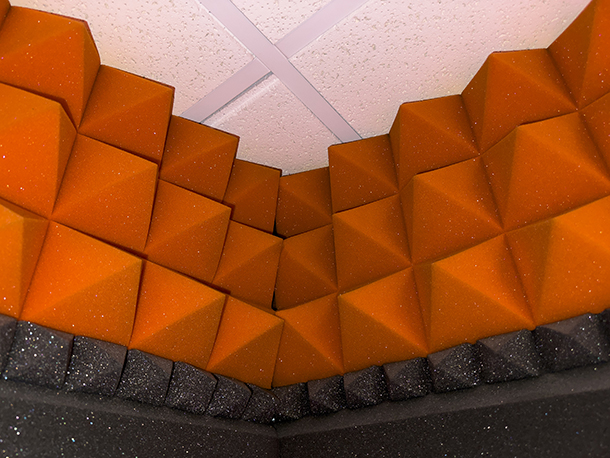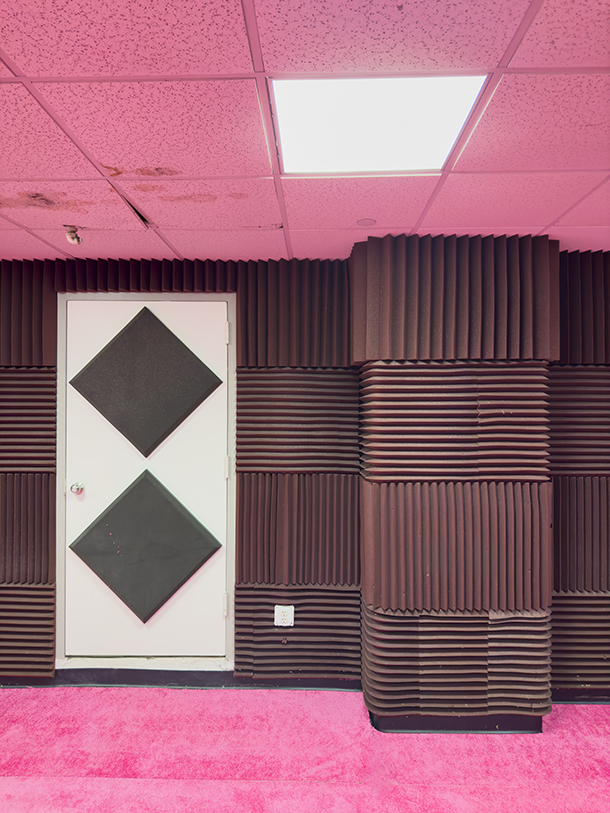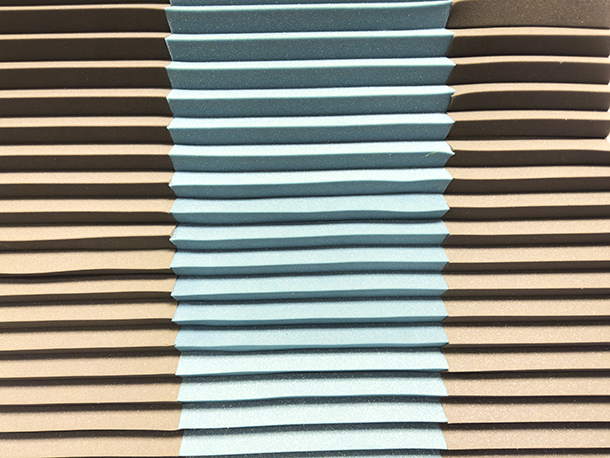
AN ARTIST-PHOTOGRAPHER FINDS A WORLD OF BRIGHT COLORS AND WEIRD ROOMS IN AN OLD BUILDING IN DOWNTOWN MANHATTAN — AND DREAMS OF MOVING IN
by Edward M. Gómez and Steven Hirsch
brutjournal contributing artist-photographer Steven Hirsch (Instagram: @stevenhirsch) is a lifelong New Yorker. As someone who has spent many years shooting so-called street photography and snapping portraits of crooks and misfits in Manhattan’s criminal courts for tabloid newspapers, he likes to say that, in the city whose quirks and rhythms he loves, he has seen it all.
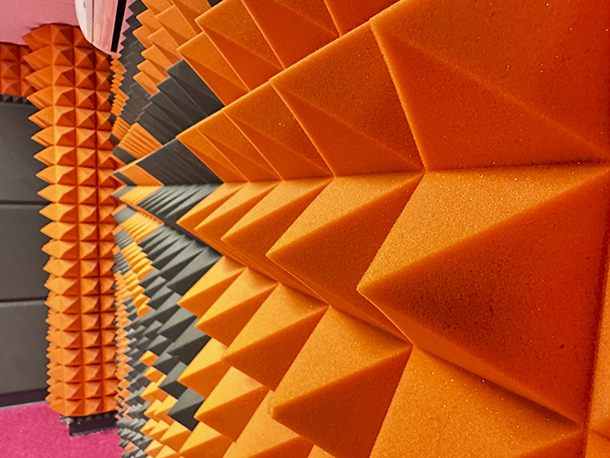
But even Hirsch was surprised when, right across the street from the old apartment building in downtown Manhattan’s East Village district in which he has lived for many years, he discovered a weird, colorful world down in the basement of a large, nondescript structure.
That big, multi-story hulk of a building was, until recently, a property of the Boys’ Club of New York, which housed basketball courts and recreation rooms, a library, offices, and other facilities for a variety of youth programs. Now the building has been temporarily acquired by a non-profit cultural organization that is trying to raise the millions of dollars it will need in order to purchase the structure and then renovate it.
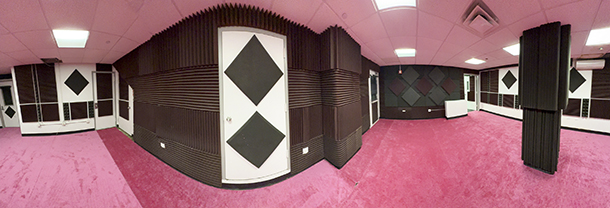
As it turns out, Hirsch has been able to rent his first-ever, rather sizable studio in the old building, a development that has dramatically changed his life, given that, until now, for decades, his art-making workspace has been little more than a tiny TV-dinner table pulled up in front of his small living room’s sofa.
Of course, Hirsch being Hirsch, ever armed with his camera and always on the prowl for interesting photo subjects, immediately set out to explore the former Boys’ Club building. On its various floors he found warrens of tiny offices, large rooms that once served as classrooms or workshop spaces, and even a swimming pool. However, it was a maze-like section of the building’s basement that seized his attention.
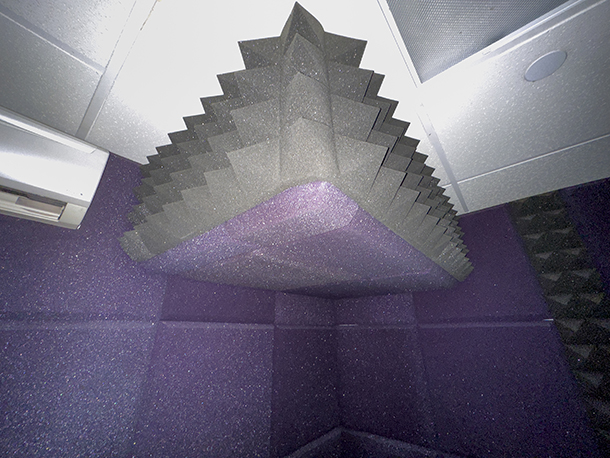
Hirsch told brutjournal, “It was mind-blowing. I had been asked to photograph the building in order to document it — to capture a sense of how it had looked over the past 81 years. The new tenants, a well-known, New York-based dance company, were aware of its historical significance.”
“I didn’t know what to expect and when I saw the many rooms in the basement, with their colorful, foam-padded walls that apparently had served as music-rehearsal studios, I was taken aback by what appeared to be some kind of strange, alien environment. I still don’t know how to explain the odd angles and shapes that characterize those basement rooms and their décor, if you can call it that, but I loved their abstract designs. I immediately recognized the strong graphic character of what I had discovered.”
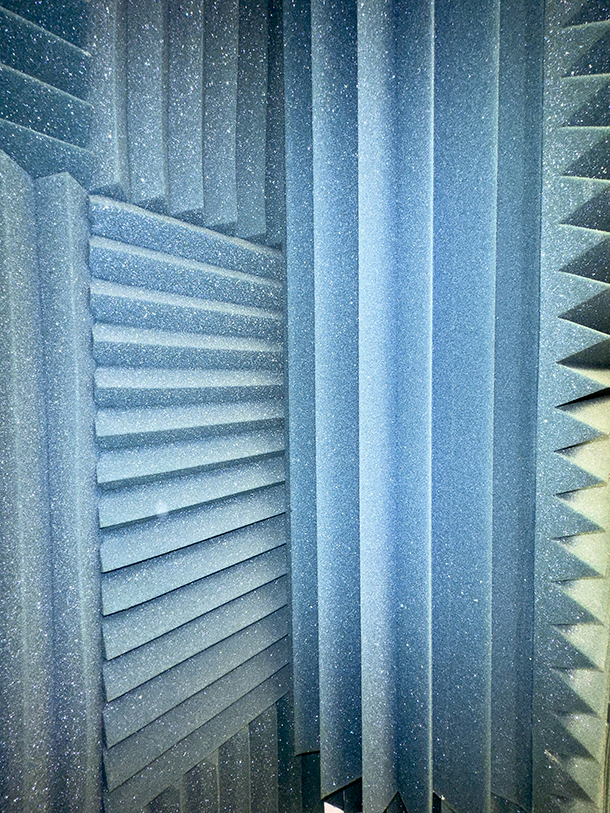
Hirsch observed, “Those rooms resemble sound stages for a sci-fi movie. They’re bizarre and unlike anything I’ve ever seen before. I loved the experience of stumbling upon and then stepping into them. I went back again to continue savoring and absorbing their odd atmosphere and energy, and to catch certain details that, initially, I might have missed. The second time, photographically speaking, the experience was even more productive and rewarding.”
Here, now, we’re delighted to present a portfolio of Hirsch’s photos of the peculiar basement world he found in the old building.

The photographer noted, “Over the years, I’ve seen some pretty amazing places. What I most enjoyed about this unexpected discovery was that those rooms had not been created as some kind of modern-art installation, which is, in fact, what it reminded me of the most.”
“Instead, the purpose of those rooms was what I would describe as organic; they were outfitted the way they were for a reason. I suppose their foam wall coverings are a form of soundproofing; the thick foam would have absorbed the racket made by groups of kids playing their electric guitars or school-band instruments. Together, those rooms make for one of the most exciting environments I’ve ever had the experience of being in.”
[Scroll down to see more of Steven Hirsch’s photographs.]
